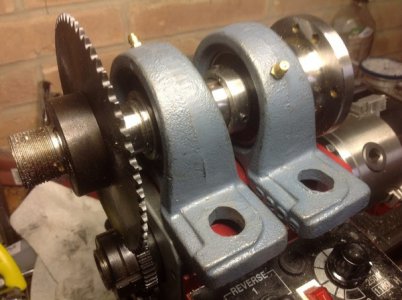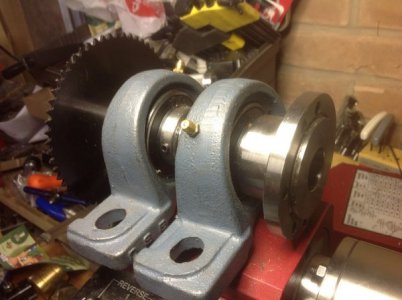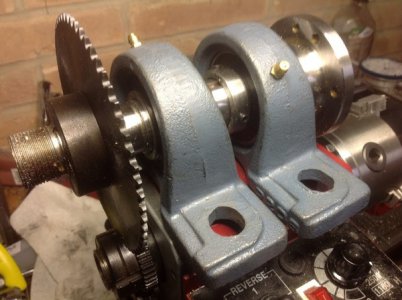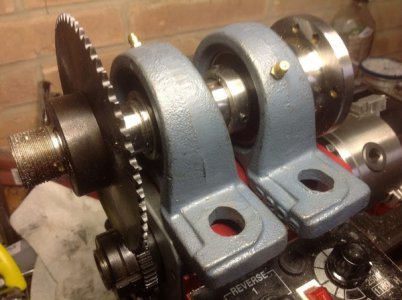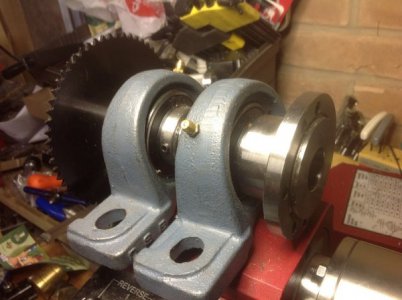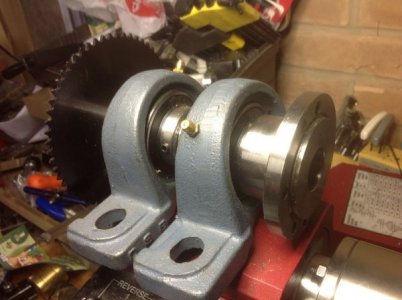Hello,
I am acquiring all of the materials to convert both my mini mill and mini lathe to CNC machines. I have all of the electronics, all of the hardware and mechanics, most of the raw materials, and now I have completed my design of the 4th axis, which I plan to use for gear-making and other, more or less, light-duty stuff. It is a rotary indexer, of sorts.
My question is around what to make the housing out of. I am thinking I can use aluminum, but am not sure how sturdy aluminum really is when it meets up with milling forces, as I make things using it. Can anyone give me an opinion or experienced guidance?
I really appreciate any assitance you have to offer,
Jim
I am acquiring all of the materials to convert both my mini mill and mini lathe to CNC machines. I have all of the electronics, all of the hardware and mechanics, most of the raw materials, and now I have completed my design of the 4th axis, which I plan to use for gear-making and other, more or less, light-duty stuff. It is a rotary indexer, of sorts.
My question is around what to make the housing out of. I am thinking I can use aluminum, but am not sure how sturdy aluminum really is when it meets up with milling forces, as I make things using it. Can anyone give me an opinion or experienced guidance?
I really appreciate any assitance you have to offer,
Jim


